Confused about Turkish pepper? You're not alone. Turkish pepper isn't a single variety - it's a regional category referring to peppers cultivated in Turkey, with Aleppo pepper being the most authentic representation. Unlike common misconceptions, there's no 'Pasilla de Troya' in Turkish cuisine - this guide cuts through the confusion with verified facts about genuine Turkish pepper varieties, their heat levels (0-50,000 SHU), and authentic culinary applications.
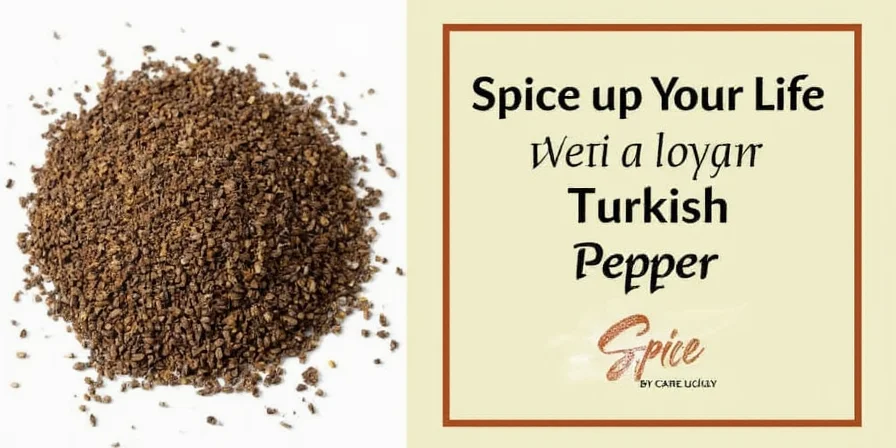
What Turkish Pepper Really Is (And Isn't)
The term 'Turkish pepper' primarily refers to Aleppo pepper (Halaby pepper) from southern Turkey and northern Syria, plus regional Turkish chili varieties like Urfa biber and isot pepper. Critical clarification: 'Pasilla de Troya' mentioned in many articles does not exist in Turkish agriculture - this appears to be a common misinformation error.
| Authentic Turkish Pepper | Heat Level (SHU) | Distinctive Characteristics | Authentic Turkish Name |
|---|---|---|---|
| Aleppo pepper (most common 'Turkish pepper') | 10,000 | Sun-dried, oil-cured, moderate heat with fruity notes | Halep biberi |
| Urfa biber | 25,000-50,000 | Smoky, raisin-like flavor from brine-curing process | Kırmızı biber |
| Isot pepper | 30,000-50,000 | Intensely smoky, used in Southeastern Turkish cuisine | Adıyaman biberi |
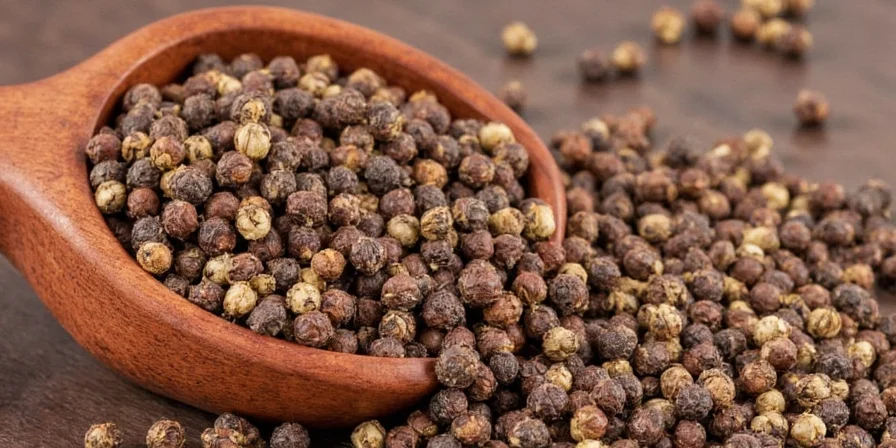
Turkish Pepper vs Aleppo Pepper: Clearing the Confusion
This is the #1 question searchers have: Turkish pepper and Aleppo pepper are essentially the same. True 'Turkish pepper' in international markets almost always means Aleppo pepper - named after Aleppo, Syria, but grown across the Turkey-Syria border region. Key facts:
- Aleppo pepper is the authentic 'Turkish pepper' exported globally
- It's sun-dried, then cured in olive oil with少量 salt (authentic versions contain no fillers)
- Heat level: Mild-to-medium (10,000 SHU) with distinctive fruity notes
- Color: Brick red to burgundy (not bright red like generic 'Turkish pepper' powders)
Warning: Many products labeled 'Turkish pepper' are actually generic chili powders. Look for 'Halep biberi' or 'Aleppo pepper' on packaging for authenticity.
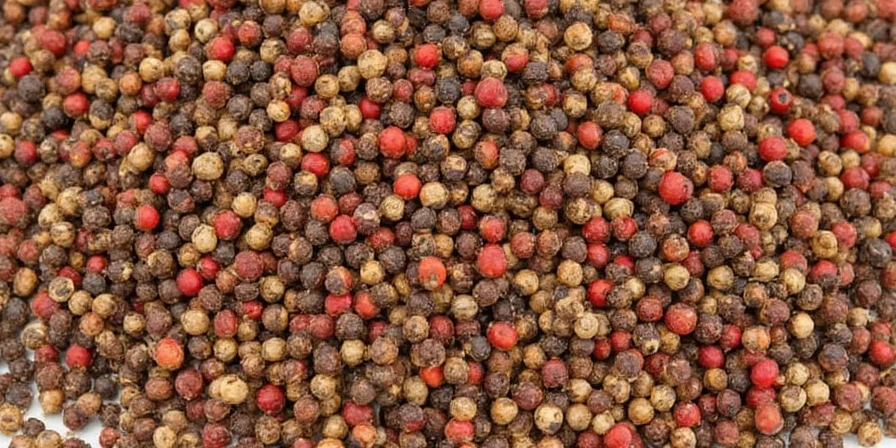
Accurate Heat Level Comparison: What to Expect
Understanding Turkish pepper's heat is crucial for cooking. Here's how authentic varieties compare to familiar peppers:
| Pepper Variety | Heat Level (SHU) | Equivalent Common Pepper | Culinary Use in Turkey |
|---|---|---|---|
| Aleppo pepper (true Turkish pepper) | 10,000 | Milder than cayenne (30,000-50,000 SHU) | All-purpose seasoning, especially with grilled meats |
| Urfa biber | 25,000-50,000 | Comparable to cayenne | Used in Southeastern Turkish kebabs and stews |
| Generic 'Turkish pepper' powder | Varies wildly (0-50,000) | Unreliable heat level | Not traditionally used in authentic Turkish cooking |
Where to Find Authentic Turkish Pepper
Most 'Turkish pepper' sold online isn't authentic. Here's how to identify the real thing:
- Look for these markers: Brick-red color (not bright red), oil sheen, coarsely ground texture
- Avoid: Bright red color, fine powder consistency, no oil visible
- Authentic sources: Middle Eastern markets (ask for 'Halep biberi'), specialty spice shops like Spice House or Kalustyan's
- Online verification: Check ingredient list - authentic Aleppo pepper contains only peppers and salt
Proper Storage to Maintain Flavor
Turkish pepper loses potency quickly. Maximize shelf life with these methods:
- Whole dried peppers: Store in airtight container in dark pantry (up to 1 year)
- Ground authentic Aleppo pepper: Refrigerate in glass jar (6-8 months)
- Never: Store near stove or in clear containers (light/heat degrades capsaicin)
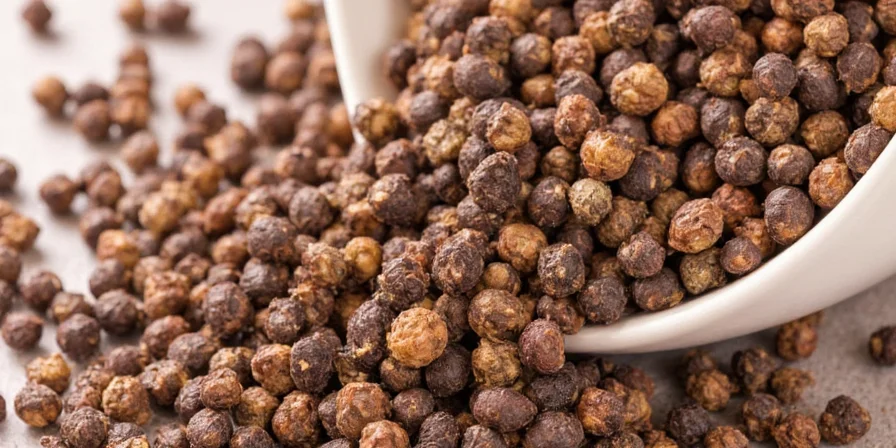
Authentic Turkish Pepper Recipes
Use authentic Turkish pepper correctly with these traditional applications:
- Menemen (Turkish scrambled eggs): Sprinkle Aleppo pepper on top just before serving (never cooked into eggs)
- Adana kebab: Mix ground Urfa biber into minced lamb (1 tsp per pound)
- Muhammara dip: Use isot pepper for authentic smoky flavor in walnut-red pepper dip
- Olive oil infusion: Steep Aleppo pepper flakes in extra virgin olive oil for 48 hours
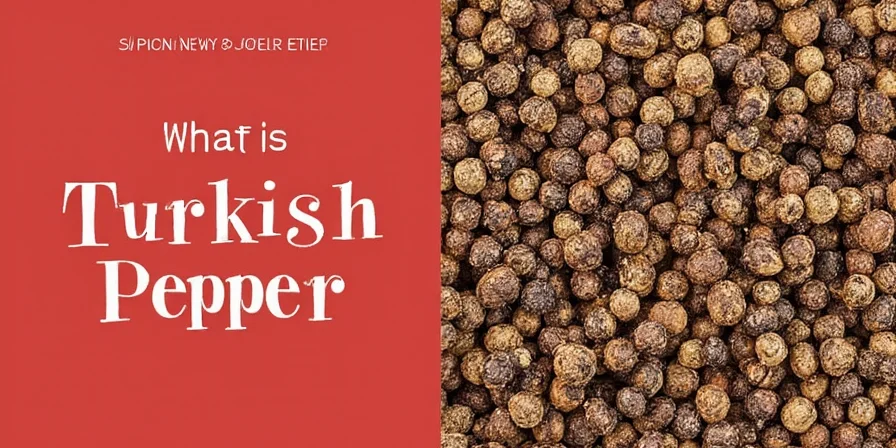
Common Mistakes to Avoid
Even experienced cooks make these errors with Turkish pepper:
- Mistake #1: Using generic 'Turkish pepper' powder instead of authentic Aleppo pepper
- Mistake #2: Cooking Aleppo pepper at high heat (destroys delicate flavor)
- Mistake #3: Storing in clear containers (light degrades flavor compounds)
- Mistake #4: Assuming all 'Turkish peppers' are extremely hot (authentic Aleppo is mild)
Frequently Asked Questions
Is Turkish pepper the same as Aleppo pepper?
Yes, in practice. What's marketed as 'Turkish pepper' internationally is almost always Aleppo pepper (Halep biberi) from the Turkey-Syria border region. True Turkish cuisine uses specific regional varieties like Urfa biber and isot pepper, not a generic 'Turkish pepper'.
How hot is authentic Turkish pepper compared to cayenne?
Authentic Aleppo pepper (10,000 SHU) is significantly milder than cayenne (30,000-50,000 SHU). Urfa biber and isot pepper from Turkey reach cayenne's heat level but with distinctive smoky, fruity notes absent in cayenne.
Why is my 'Turkish pepper' so much hotter than expected?
You likely have generic chili powder mislabeled as 'Turkish pepper'. Authentic Turkish varieties (Aleppo, Urfa, isot) have specific heat profiles. If your pepper is unexpectedly hot, it's probably not authentic - check the ingredient list for pure pepper content.
Can I substitute paprika for Turkish pepper?
For Aleppo pepper: Use 1 part smoked paprika + 1 part sweet paprika + ¼ part cayenne. For Urfa biber: Substitute with chipotle powder. Note that authentic Turkish peppers have unique curing processes that can't be perfectly replicated with substitutes.
Does Turkish pepper expire?
Ground authentic Turkish pepper maintains peak flavor for 6-8 months when refrigerated. Whole dried peppers last 1-2 years in dark, airtight storage. Signs of expiration: faded color, loss of aroma, or musty smell. Never use if mold appears.
Key Takeaways for Confident Use
Authentic Turkish pepper means specific regional varieties - primarily Aleppo pepper (Halep biberi), Urfa biber, and isot pepper. Forget the 'Pasilla de Troya' myth that circulates online. When shopping, look for brick-red color, oil sheen, and simple ingredients to ensure authenticity. Remember that true Turkish pepper isn't uniformly hot - Aleppo is mild (10,000 SHU), while Urfa and isot reach cayenne's heat level with distinctive smoky notes. Store properly in dark, airtight containers, and use according to Turkish culinary tradition for authentic results. Now you can confidently navigate the world of genuine Turkish peppers without falling for common marketplace misconceptions.
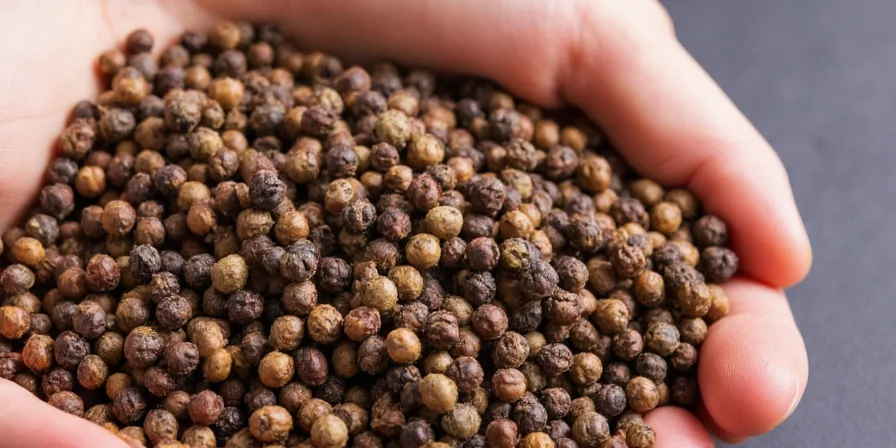

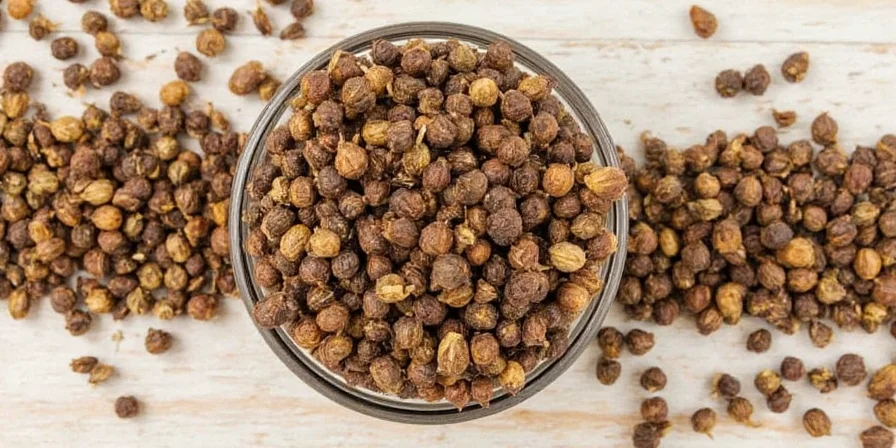









 浙公网安备
33010002000092号
浙公网安备
33010002000092号 浙B2-20120091-4
浙B2-20120091-4